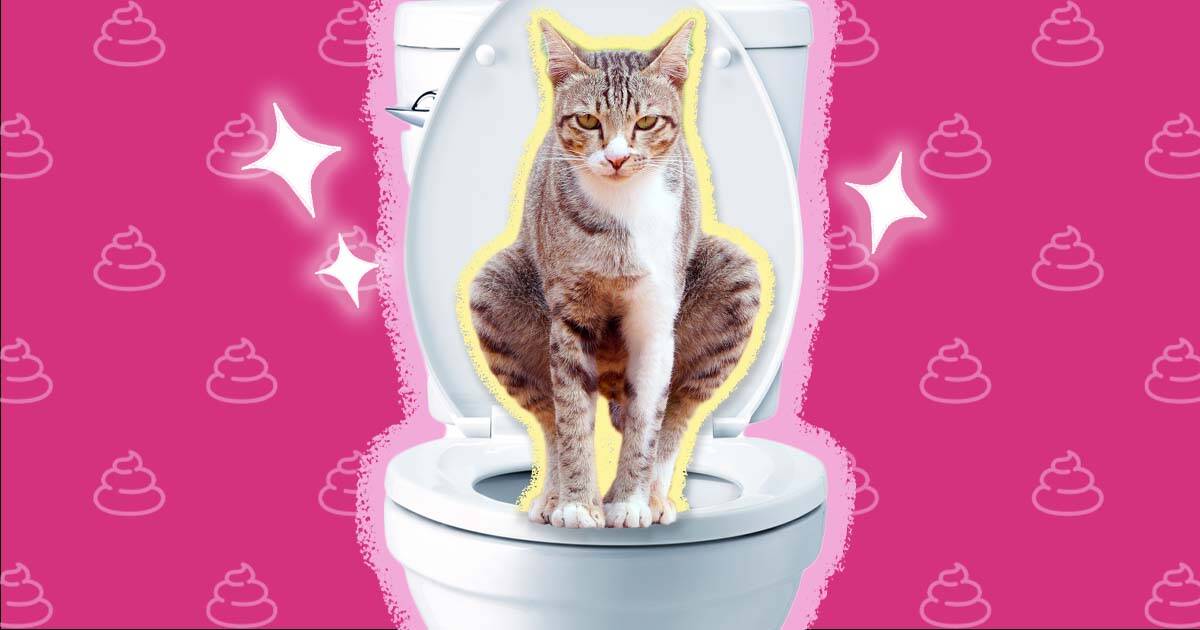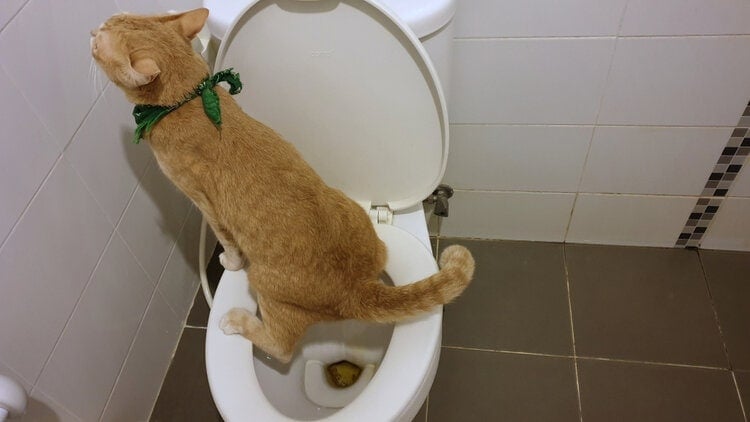Avoid Toilet Disasters: Never Flush Cat Poop Down Your Toilet - Professional Advice
Avoid Toilet Disasters: Never Flush Cat Poop Down Your Toilet - Professional Advice
Blog Article
Here in the next paragraph you can find more first-rate answers concerning Don’t flush cat feces down the toilet.

Introduction
As pet cat proprietors, it's vital to be mindful of how we dispose of our feline friends' waste. While it might seem practical to flush feline poop down the toilet, this technique can have damaging consequences for both the setting and human health.
Alternatives to Flushing
The good news is, there are much safer and more liable ways to throw away pet cat poop. Think about the complying with alternatives:
1. Scoop and Dispose in Trash
The most common technique of throwing away cat poop is to scoop it right into a biodegradable bag and toss it in the garbage. Make certain to utilize a committed litter inside story and throw away the waste quickly.
2. Usage Biodegradable Litter
Opt for naturally degradable pet cat litter made from materials such as corn or wheat. These trashes are environmentally friendly and can be safely thrown away in the trash.
3. Bury in the Yard
If you have a lawn, consider hiding pet cat waste in a designated location far from veggie yards and water sources. Make sure to dig deep adequate to prevent contamination of groundwater.
4. Set Up a Pet Waste Disposal System
Buy a pet waste disposal system especially designed for cat waste. These systems utilize enzymes to break down the waste, reducing odor and ecological influence.
Health Risks
In addition to ecological concerns, flushing feline waste can likewise present wellness threats to people. Cat feces might have Toxoplasma gondii, a parasite that can cause toxoplasmosis-- a potentially severe disease, especially for expectant females and individuals with weakened body immune systems.
Ecological Impact
Flushing feline poop introduces dangerous microorganisms and bloodsuckers into the water system, posing a considerable threat to marine ecological communities. These impurities can negatively influence aquatic life and compromise water high quality.
Final thought
Accountable family pet ownership prolongs beyond offering food and shelter-- it also includes proper waste management. By avoiding purging feline poop down the bathroom and choosing alternative disposal methods, we can lessen our ecological impact and safeguard human health and wellness.
Why Can’t I Flush Cat Poop?
It Spreads a Parasite
Cats are frequently infected with a parasite called toxoplasma gondii. The parasite causes an infection called toxoplasmosis. It is usually harmless to cats. The parasite only uses cat poop as a host for its eggs. Otherwise, the cat’s immune system usually keeps the infection at low enough levels to maintain its own health. But it does not stop the develop of eggs. These eggs are tiny and surprisingly tough. They may survive for a year before they begin to grow. But that’s the problem.
Our wastewater system is not designed to deal with toxoplasmosis eggs. Instead, most eggs will flush from your toilet into sewers and wastewater management plants. After the sewage is treated for many other harmful things in it, it is typically released into local rivers, lakes, or oceans. Here, the toxoplasmosis eggs can find new hosts, including starfish, crabs, otters, and many other wildlife. For many, this is a significant risk to their health. Toxoplasmosis can also end up infecting water sources that are important for agriculture, which means our deer, pigs, and sheep can get infected too.
Is There Risk to Humans?
There can be a risk to human life from flushing cat poop down the toilet. If you do so, the parasites from your cat’s poop can end up in shellfish, game animals, or livestock. If this meat is then served raw or undercooked, the people who eat it can get sick.
In fact, according to the CDC, 40 million people in the United States are infected with toxoplasma gondii. They get it from exposure to infected seafood, or from some kind of cat poop contamination, like drinking from a stream that is contaminated or touching anything that has come into contact with cat poop. That includes just cleaning a cat litter box.
Most people who get infected with these parasites will not develop any symptoms. However, for pregnant women or for those with compromised immune systems, the parasite can cause severe health problems.
How to Handle Cat Poop
The best way to handle cat poop is actually to clean the box more often. The eggs that the parasite sheds will not become active until one to five days after the cat poops. That means that if you clean daily, you’re much less likely to come into direct contact with infectious eggs.
That said, always dispose of cat poop in the garbage and not down the toilet. Wash your hands before and after you clean the litter box, and bring the bag of poop right outside to your garbage bins.
https://trenchlesssolutionsusa.com/why-cant-i-flush-cat-poop/

Do you enjoy reading about Don’t flush cat feces down the toilet? Post a short review directly below. We'd be glad to hear your insights about this posting. Hoping that you visit us again in the future. Appreciated our blog posting? Please share it. Let somebody else locate it. Thanks so much for going through it.
Book Service Report this page